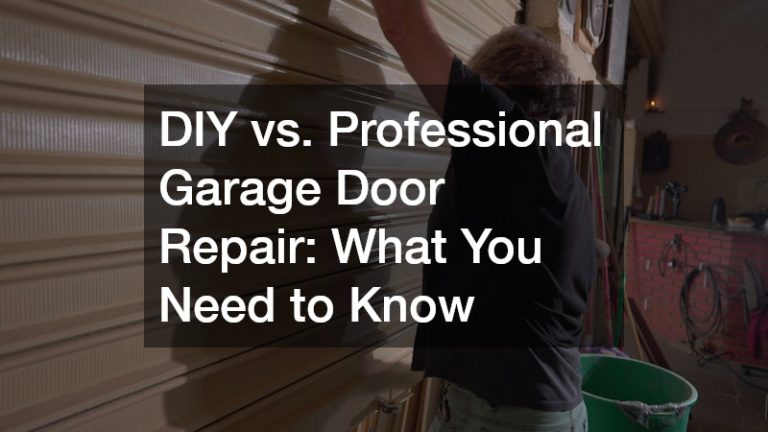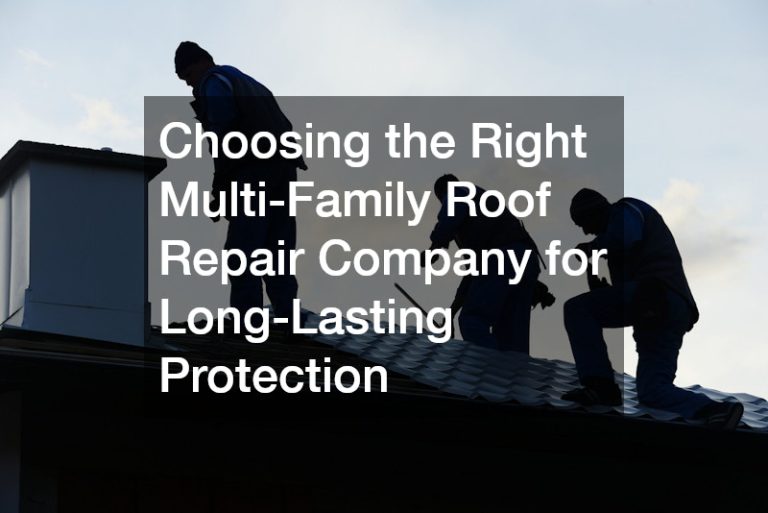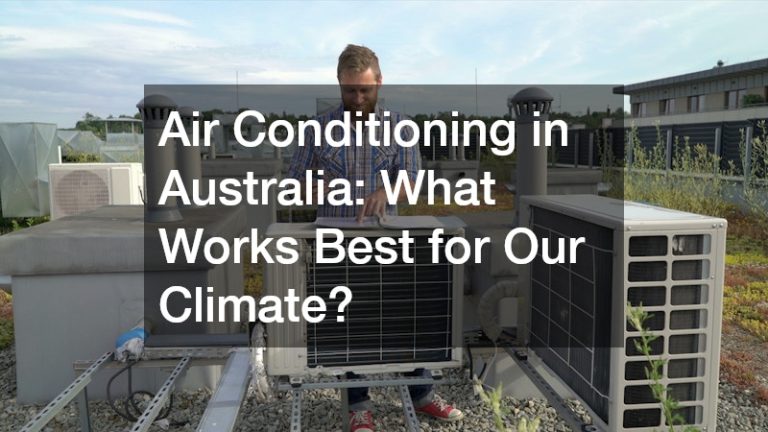A Beginner’s Guide to Gas Fittings in Australian Homes
Gas is a vital energy source in many Australian households, used for cooking, hot water and heating. Whether you’re building a new home, renovating your kitchen or upgrading your hot water system, understanding how gas fittings work—and why they matter—is essential. Proper installation and maintenance ensure not only the functionality of your appliances but also the safety of your home.
This beginner’s guide explains the basics of gas connections in Australian homes, including what they are, how they function and when to call a licensed professional.
What Are Gas Pipework?
They are the pipes, valves, connectors and other components that deliver gas from the main supply to appliances such as stoves, ovens, heaters and water systems. These fittings are typically made from copper, brass or stainless steel and must be installed to Australian Standards to guarantee safety and compliance.
There are two primary types of gas used in Australian homes: natural gas, which is piped from a central supply and liquefied petroleum gas (LPG), stored in tanks. While the delivery systems differ, the fittings used for each must be robust, leak-proof and compliant with Australian Gas Standards (AS/NZS 5601).
Common Household Applications
In Australian homes, gas connections are used in various locations:
- Kitchens: For gas cooktops and ovens
- Bathrooms and laundries: For continuous flow or storage gas hot water systems
- Living areas: For gas heating units or fireplaces
- Outdoor spaces: For barbecues, heaters and pool heaters
The layout and requirements of gas installation will differ depending on whether you’re working with LPG or natural gas, the size of your home and how many gas appliances you have. A professional will typically assess your household’s needs and design the system accordingly.
Safety & Legal Requirements
In Australia, it is illegal for an unlicensed person to install, alter or repair gas connections. This law exists to prevent gas leaks, fires, explosions and carbon monoxide poisoning—all of which can result from poorly installed systems.
Licensed gasfitters must adhere to rigorous standards and are required to issue a Compliance Certificate upon completing any gas work. This document confirms that the work was completed to Australian standards and provides peace of mind to homeowners and insurers.
For homeowners, this means you should never attempt DIY gas work, no matter how minor it seems. Always check the licensing and qualifications of any tradesperson who claims they can install or modify gas systems.
Signs You Need to Call a Professional
There are several signs that indicate your gas fittings may require professional attention:
- Unusual smells: The smell of rotten eggs may signal a gas leak (an additive called mercaptan is used to make leaks easier to detect).
- Hissing sounds: This may point to gas escaping from a loose or damaged connection.
- Yellow or flickering flames: Gas appliances should burn with a steady blue flame. Yellow or orange flames can signal incomplete combustion.
- Inefficiency or malfunction: A gas appliance that’s struggling to heat water or cook food evenly could have a faulty fitting.
If you notice any of these signs, shut off your gas supply at the meter or bottle and contact a licensed gasfitter immediately. Never attempt to diagnose or repair the issue yourself.
Maintenance & Compliance
Even if your gas connections were correctly installed, ongoing maintenance is key. Over time, fittings can corrode, degrade or shift, especially in older homes or areas prone to soil movement. It’s advisable to have your gas systems inspected every two years or immediately if you notice any issues.
During routine maintenance, a gasfitter will check for:
- Gas leaks and pressure drops
- Pipe and joint integrity
- Appliance condition and combustion performance
- Proper ventilation and flu systems
They’ll also ensure your system remains compliant with current regulations. This is especially important if you’re renting or planning to sell your property, as non-compliant gas systems can void insurance or delay property transactions.
Choosing a Gasfitter

Not all plumbers are licensed gasfitters, so it’s important to check their qualifications. Look for registration with the relevant state authority, such as the Victorian Building Authority or NSW Fair Trading.
A reputable gasfitter will:
- Provide transparent quotes
- Explain the scope of work
- Supply a Compliance Certificate upon completion
- Be fully insured
Getting the right professional is not just about safety—it can also save money in the long run by avoiding costly repairs, fines or insurance issues.
Gas fittings play a crucial role in the safety and efficiency of your home’s heating, cooking and hot water systems. Whether you’re starting from scratch or maintaining an existing system, always work with a qualified professional. Understanding the basics ensures you can make informed decisions and recognise when to call in the experts.
By staying proactive with installation and maintenance, homeowners can enjoy the comfort and convenience of gas without compromising on safety.






